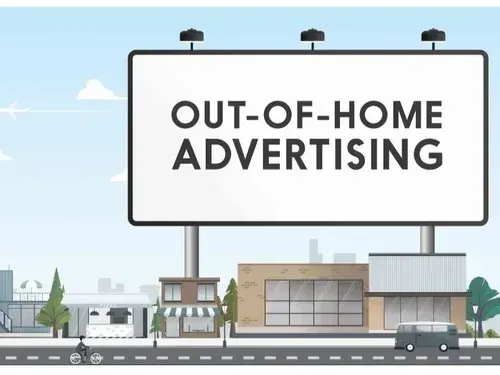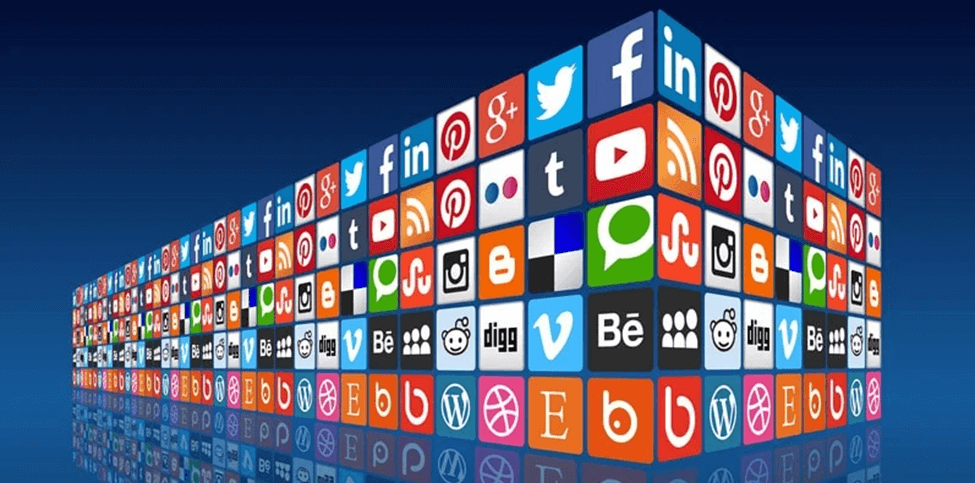Using OOH to Amplify TV Advertising: A Dynamic Duo for Modern Marketing Campaigns

In today's fragmented media landscape, advertisers' challenge isn't just about reaching consumers—it's about cutting through the noise and leaving a lasting impression. While TV advertising remains a cornerstone for building brand awareness and telling a story, integrating Out-of-Home (OOH) advertising into your media mix can significantly amplify the impact of your TV campaigns. By strategically combining the broad reach of TV with the location-based precision and real-world engagement of OOH, brands can create a holistic marketing campaign that drives both awareness and action.
The Power of OOH Advertising
Out-of-Home advertising refers to any visual advertising media found outside the home, such as billboards, transit ads, and digital displays in high-traffic areas. Unlike digital ads that consumers can easily scroll past, OOH ads are encountered in the physical world, making them unavoidable and impactful. They offer a unique opportunity to engage with consumers in their daily environments, reinforcing brand messages seen on TV and driving them toward conversion.
OOH advertising is especially powerful because it can reach consumers in real time, at specific locations, and in contexts where they are most receptive to brand messaging. For example, a commuter who sees a TV ad for a new streaming service like Netflix or Hulu can later encounter an OOH ad for the same service on their way to work, reinforcing the brand's presence and prompting further online engagement.

Synergizing TV and OOH for Maximum Impact
The synergy between TV and OOH advertising lies in their complementary strengths. TV ads are unparalleled in their ability to reach mass audiences and tell compelling brand stories. They create the initial awareness and emotional connection needed to engage consumers. However, TV ads often suffer from the challenge of recency—consumers might see an ad and then quickly forget about it. This is where OOH advertising steps in.
OOH ads act as reminders and reinforcements, keeping the brand top-of-mind as consumers go about their day. For instance, after watching a TV ad at home, a consumer might encounter a billboard for the same brand while driving or see a digital OOH ad while waiting for the subway. This repeated exposure increases brand recall and drives home the message, making it more likely for the consumer to take action, whether visiting a website, scanning a QR code, or making a purchase.
OOH Media and Digital Integration
One of the most exciting developments in OOH advertising is its integration with digital technology, creating what is known as Digital OOH (DOOH). DOOH allows for dynamic, real-time content tailored to the time of day, weather conditions, or specific audience demographics. This level of customization enhances the relevance of the advertising, making it more likely to resonate with consumers.
For example, a TV campaign promoting a new product can be complemented by DOOH ads that update in real time to reflect the product's availability in nearby stores. Similarly, QR codes on OOH ads can lead consumers directly to online engagements, bridging the gap between the physical and digital worlds. This integration amplifies the TV campaign's reach and drives measurable online traffic and conversions.

Enabling Advertisers to Optimize Campaigns
The integration of TV and OOH also enables advertisers to optimize their campaigns based on real-time data. By analyzing the performance of OOH ads—such as foot traffic near billboards or the number of QR code scans—advertisers can gain insights into which locations, times, and creative executions are most effective. This data-driven approach allows for continual refinement and adjustment of TV and OOH elements, ensuring the campaign delivers maximum ROI.
Moreover, as OOH advertising continues to evolve with technological advances, advertisers can leverage tools like geofencing and mobile data to target specific audiences more precisely. This location-based targeting ensures that the right message reaches the right consumer at the right time, enhancing the campaign's overall effectiveness.
Case Studies: Real-World Success
Brands across various industries have successfully combined TV and OOH to drive impressive results. For instance, a popular streaming service might use TV ads to introduce a new show and follow up with OOH ads in key urban areas to remind busy commuters to tune in. Similarly, a retail brand could launch a nationwide TV campaign and use location-based OOH ads near its stores to drive foot traffic and in-store purchases.
One notable example is augmented reality (AR) in OOH campaigns, where brands create immersive, interactive experiences that engage consumers in ways that traditional media cannot. These AR experiences can be triggered by scanning a QR code on a billboard, bringing the TV campaign to life in the real world, and creating a memorable brand interaction.

The Future of Advertising Channels
As media consumption habits evolve, the lines between advertising channels become increasingly blurred. Consumers no longer differentiate between online and offline experiences—they expect seamless, consistent interactions with brands across all touchpoints. By integrating TV and OOH advertising, brands can create a unified, omnichannel presence that resonates with consumers meaningfully.
In conclusion, using OOH to amplify TV advertising is not just about increasing reach—it's about creating a cohesive, immersive brand experience that engages consumers at multiple touchpoints. As part of a well-rounded media mix, OOH advertising enhances the effectiveness of TV campaigns, driving brand awareness and consumer action in a way that no single channel can achieve.
TALK TO A PRO
We're here to bring your brand to life!
Stay Connected with BrandXR
Create Augmented Reality for Free!
Create, Publish, and Measure 3D Augmented Reality Experiences Without Having to Code.














